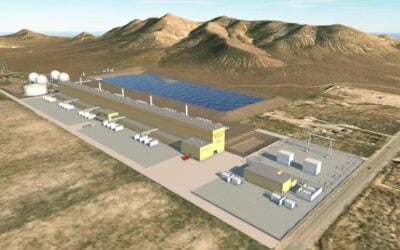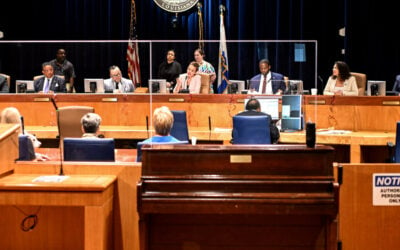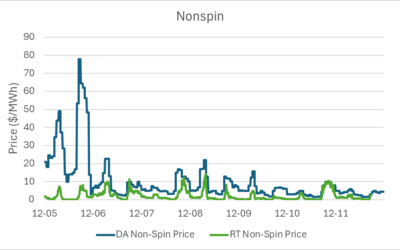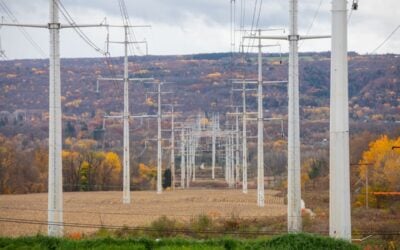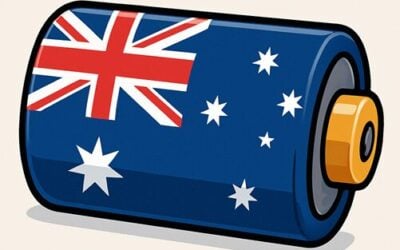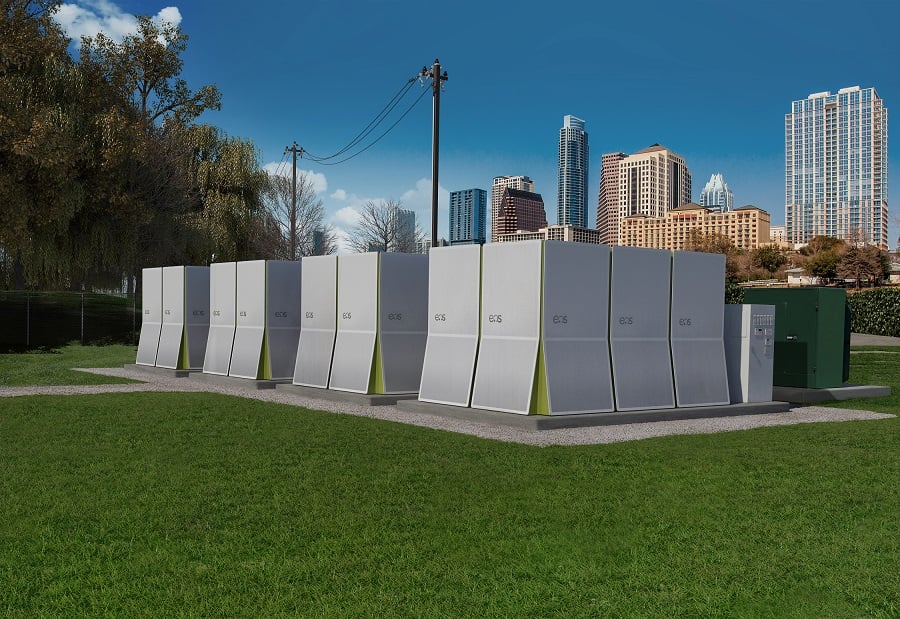
The cost of long-duration, grid-scale energy storage should be reduced 90% within this decade in order to accommodate the “hundreds of gigawatts of clean energy” needed, US Secretary of Energy Jennifer Granholm said yesterday.
Granholm’s Department of Energy has set the cost reduction goal as part of Energy Earthshots, an initiative to support breakthroughs in clean energy that make it more abundant, more affordable and more reliable. Defining long-duration energy storage as technologies that enable 10-hour duration or more, Granholm said they will be among what’s needed to meet the US’ policy target of 100% clean electricity by 2035.
Taking inspiration from the DoE ‘moonshot’ programmes of several years ago that helped reduce the cost of solar PV to a level competitive with fossil fuels, the Long Duration Storage Shot and parallel Hydrogen Shot are the first two to have been launched so far from an expected six to eight Energy Earthshots the Department plans to start each year.
“We’re going to bring hundreds of gigawatts of clean energy onto the grid over the next few years, and we need to be able to use that energy wherever and whenever it’s needed,” Granholm said.
Try Premium for just $1
- Full premium access for the first month at only $1
- Converts to an annual rate after 30 days unless cancelled
- Cancel anytime during the trial period
Premium Benefits
- Expert industry analysis and interviews
- Digital access to PV Tech Power journal
- Exclusive event discounts
Or get the full Premium subscription right away
Or continue reading this article for free
“This new initiative will create new manufacturing jobs right here at home and make sure clean, reliable, affordable electricity is available to everyone, including Americans living in remote and underserved communities.”
Secretary Granholm was due to visit the offices in New Jersey of Eos Energy Enterprises on 14 July, the zinc-based battery energy storage system (BESS) technology company now looking to commercialise and scale up its technology following its stock exchange listing earlier this year. Energy-Storage.news reported last week that a Koch Industries strategic investment subsidiary is investing US$100 million into Eos. Granholm was accompanied by House Energy and Commerce Committee Chairman Frank Pallone on the visit.
Even pre-Biden, the DoE had launched the Energy Storage Grand Challenge, which combined a multi-million dollar competitive funding opportunity for long-duration storage technologies with a strategic roadmap of cost reduction and technology improvement goals. Work undertaken through the Grand Challenge and associated stakeholder activities helped to formulate the cost reduction goals and other benchmarks in the new Earthshot.
Since the new administration took over at the start of this year, the discussion of and support for long-duration energy storage has stepped up. Granholm had said earlier this year that flow batteries offered a great deal of promise for grid storage, while the DoE has committed to funding a US$75 million long-duration energy storage research centre which will be opening by around 2025.
The DoE said yesterday in a statement that the Long Duration Storage Shot will consider all types of technologies, including electrochemical batteries, mechanical, thermal and so on, as long as they have the potential to meet duration and cost targets. Adding flexibility to electricity supply and demand on the grid would not only help integrate the necessary higher shares of renewables, but also minimise power grid disruptions by helping communities add resilience to their electricity networks.
The cost of lithium-ion batteries, currently used in shorter duration applications requiring energy or power for up to about four hours, has fallen dramatically in the past decade, with BloombergNEF finding reduction of about 80% to 90% in that time, while new analysis from the National Renewable Energy Lab (NREL) has highlighted once again the potential for continuing cost drops through to 2050. However, lithium-ion benefits from being a mature and now bankable technology, and more importantly is manufactured on a growing scale for the electric vehicle (EV) industry. Stationary storage manufacturers have benefitted from the economies of scale this demand generates, while long-duration storage technologies which are typically not lithium-ion-based, have not.
Long-duration storage: Critical for clean energy, critical for energy security and resilience too
“Energy storage technology holds great promise in the fight against climate change. Strengthening current technology and advancing next-generation energy storage will allow us to integrate more renewables, such as wind and solar, which in turn will help to reduce emissions,” Senator Susan Collins said, noting that the introduction of the Earthshot initiative is the first stage of implementation for the Better Energy Storage Technology Act, legislation which she authored.
The Act, among other things, also calls for the introduction of an investment tax credit (ITC) for standalone energy storage. Presently the ITC only applies to solar-plus-storage, deployed simultaneously.
Another Senator, Angus King, noted that long-duration energy storage can be the “key that unlocks our clean energy future”. Meanwhile Jason Burwen, Interim CEO of the national Energy Storage Association (ESA) trade group today thanked Secretary Granholm for her visit to Eos, citing NREL forecasting that hundreds of gigawatts of new storage installations will be needed alongside all those new renewable energy capacity additions in the coming years.
“In addition, energy storage is also a critical solution for stabilising our electric infrastructure in the face of climate change-driven extreme weather and a fast growing American industry,” Burwen said.
“We are also encouraged that DoE announced this initiative on the same day the Senate Committee on Energy and Natural Resources deliberates on the Energy Infrastructure Act, which would provide US$505 million for long duration energy storage and another US$3 billion to promote domestic storage technology manufacturing facilities, such as Eos Energy Storage and other ESA members are building. These innovation investments will best translate into long duration storage deployments with an investment tax credit (ITC) for energy storage, such as included in the Senate’s Clean Energy for America Act (S. 2118) and the House’s GREEN Act (H.R. 848).”
“Congressional infrastructure legislation and federal infrastructure investments must include energy storage, not only to build on the efforts of over 70,000 American in the growing energy storage industry, but also to ensure the security and reliability of our 21st-century economy.”
On a related note, New York State Governor Andrew Cuomo announced funding for long-duration storage technology development, demonstration and research worth US$12.5 million at the same time as unveiling a push to investigate what role green hydrogen could play in New York’s energy system and economy.
This article has been amended to reflect that it was published in advance of Secretary Granholm’s visit to Eos, taking place 14 July, not 13 July as originally reported.

